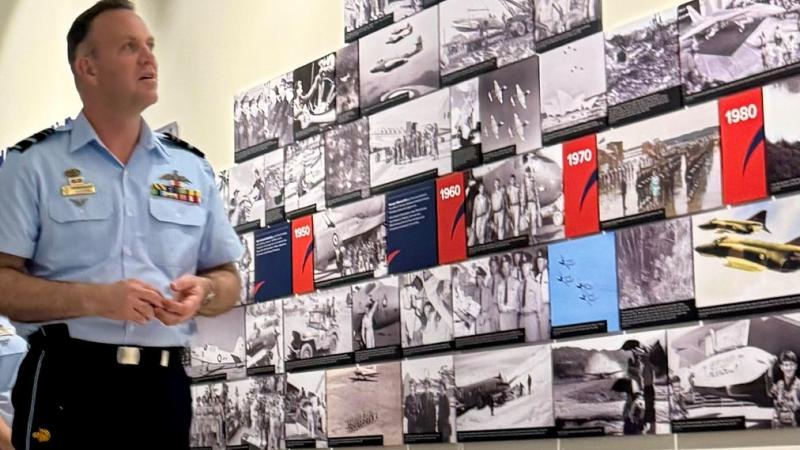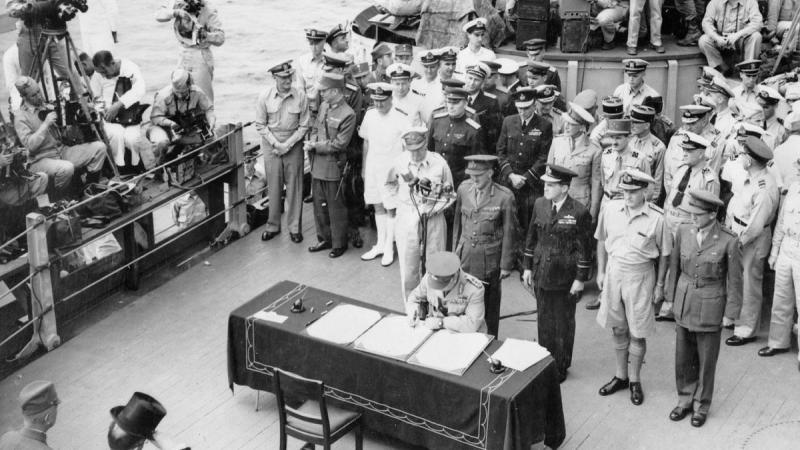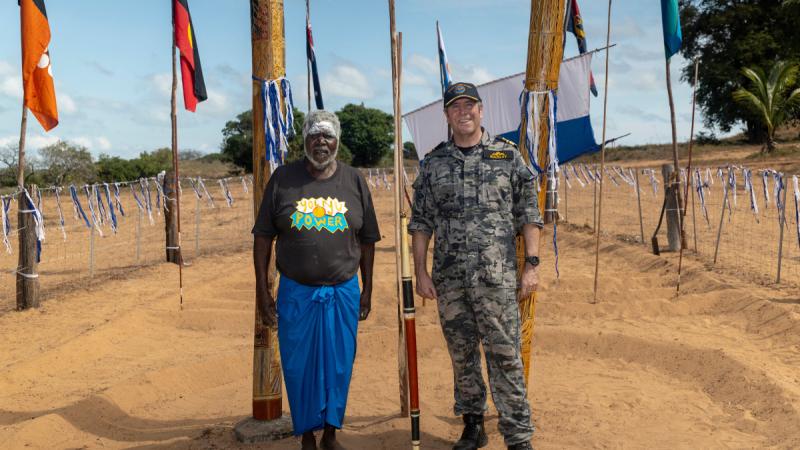21 February 2022
One of the last surviving veterans from the first Darwin bombing, Brian Winspear, saw bombs fall like “confetti” around him during the largest ever attack on Australian soil.
“You could see the Japanese in their cockpits smiling and laughing,” Mr Winspear said.
“The sun glinted on the bombs.
“I got splinters in my hand and eye, I only just survived.”
Hundreds of others weren’t as fortunate, with more than 250 military personnel and civilians killed.
While Mr Winspear did not lose any mates that day, there were moments in the war he regretted.
Enlisting in Air Force at 19, and attached to No. 2 Squadron as a wireless air gunner, Mr Winspear flew in Lockheed Hudson light bombers around Timor before the Japanese attack on Darwin.
He recalled feeling helpless leaving the Tasmanian 2nd/40th Battalion defending the No. 2 Squadron’s airfield at Penfui as the enemy advanced.
With the odds against them, the 2nd/40th destroyed the airfield and retreated after the crippled bomber squadron withdrew to Darwin.
“We only had three Lockheed Hudson bombers to give them cover,” Mr Winspear said.
“One of the worst things of my life was leaving the Tasmanians to the Japanese forces.”

Former Royal Australian Air Force wireless air gunner and World War II veteran Mr Brian Winspear, from No. 2 Squadron, holds a photo of himself in uniform at the Bowen RSL, Queensland. Photo: Private Jacob Joseph
A large number of soldiers from the 2nd/40th were captured and interned, while others joined the 2/2nd Commando Squadron operating in the hills.
After the Darwin bombing, Mr Winspear described an exodus from the northern capital, with the train so heavy, the wheels slipped on the tracks.
For those who stayed, Darwin was attacked more than 60 times, with the last raid occurring in November 1943.
Starting out as a “no pippa”, Mr Winspear discharged in 1945 as a flight lieutenant.
He was 21-years old during the bombing.
This month, wearing the same uniform from 80 years ago, he sat alongside politicians and VIPs at the Darwin Cenotaph War Memorial and watched young soldiers re-enact the raid, running to their guns to defend against the “enemy”.
“There were fires everywhere,” Mr Winspear said.
“There was so many explosions going around with the bombs and things you'd never know who was doing what.”


